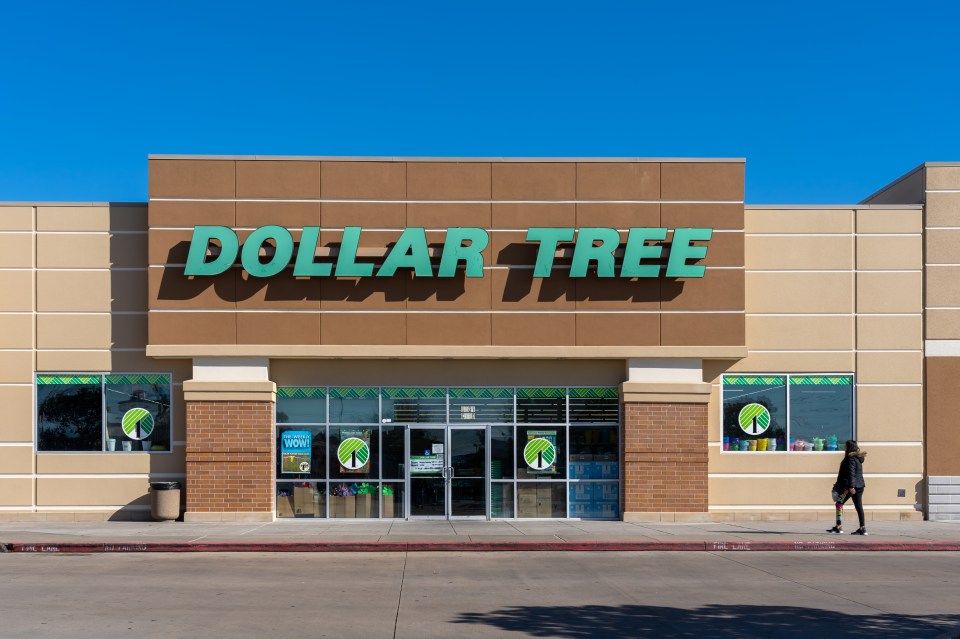10 American Cities That Are DEAD Forever
The landscape of American cities has been undergoing significant transformations, especially in recent years. While some cities have seen a rebirth or steady growth, others have faced the opposite fate—significant population declines, leading to their classification as “dead” or significantly diminished cities. This article explores 10 such American cities, examining the reasons behind their decline and current status.
- Detroit, Michigan: Once the heart of America’s automobile industry, Detroit has experienced a dramatic population drop due to industrial decline, economic struggles, and urban decay. From its peak in the mid-20th century, Detroit’s population has halved, significantly impacting its economic and social fabric.
- St. Louis, Missouri: Known for its role in manufacturing and trade, St. Louis has faced a severe population decline. Factors such as the decline of the manufacturing sector and suburbanization have contributed to its current state.
- Pittsburgh, Pennsylvania: Pittsburgh’s story mirrors that of many Rust Belt cities. Once a steel manufacturing powerhouse, the city experienced a population decline due to industrial restructuring and economic shifts.
- Cleveland, Ohio: Similar to Pittsburgh, Cleveland was hit hard by the decline in manufacturing. Its population has significantly decreased since the mid-20th century, impacted by economic shifts and industrial decline.
- Flint, Michigan: Flint’s decline, closely tied to the fate of the automobile industry, represents a significant downturn from its prosperous past. The city has faced numerous challenges, including a public health crisis and economic hardships.
- Buffalo, New York: This city has seen a substantial population decline since the 1950s. Factors such as the decline in manufacturing and the shift of economic activities have contributed to its current state.
- San Francisco, California: Known for its tech-driven economy, San Francisco has recently seen a population decline, largely due to high living costs and changing migration patterns during the pandemic.
- New York, New York: Despite being a global city, New York has not been immune to population decline, particularly during the pandemic. Factors such as high living costs and the impact of COVID-19 have played a role.
- Washington, D.C.: The nation’s capital, while not in a state of drastic decline, has seen its population growth slow down. This change is attributed to factors like high living costs and demographic shifts.
- Boston, Massachusetts: Boston has experienced a population decrease recently. The high cost of living and changes in the economic landscape contribute to this trend.
It’s important to note that the term “dead” can be misleading. While these cities have faced significant challenges, many are undergoing efforts to revitalize and adapt to new economic and social realities. Cities like Buffalo and Pittsburgh, for instance, have made strides in reinventing themselves, focusing on sectors like technology and healthcare.
Moreover, the dynamics of urban decline and growth are complex and often cyclical. Factors such as economic shifts, demographic changes, urban policies, and global events like the pandemic influence the rise and fall of city populations. The future of these cities will likely depend on their ability to adapt to changing conditions and reinvent their economies and social structures











